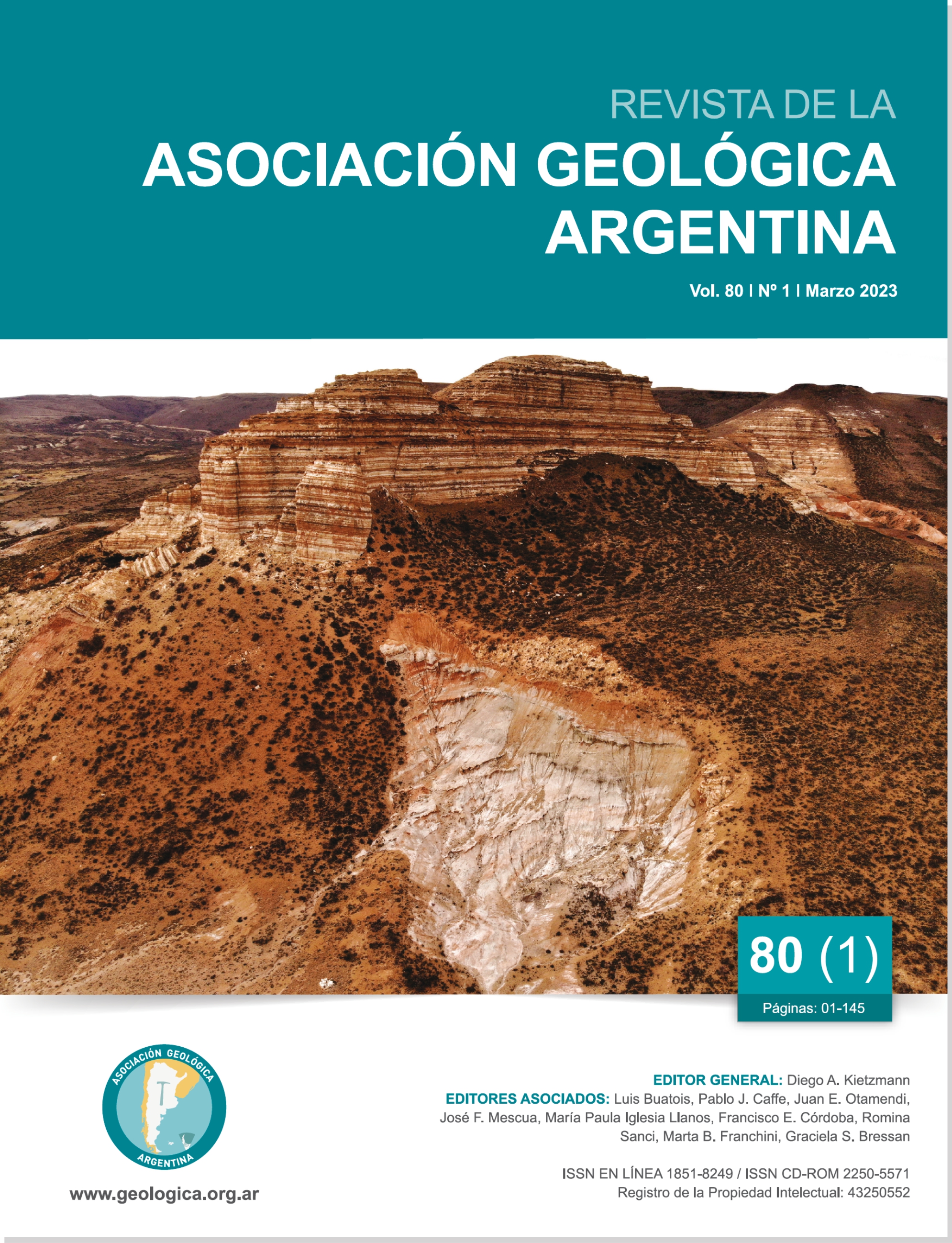A semi-quantitative risk assessment of debris flow in northernmost Patagonia, Argentina
Main Article Content
Abstract
Debris flows cause human losses and material damages in many countries around the world. The associated risk often remains unknown because of uncertainties and the lack of data. This paper presents a semi-quantitative risk assessment of debris flow based on a Risk Matrix Approach to overcome that limitation. Three risk levels were defined through hazard and vulnerability analysis. Hazard scenarios were modeled in Flow path assessment of gravitational hazards at a regional scale (Flow-R). Vulnerability was analyzed and defined according to the physical characteristics of the elements-at-risk. Huaraco and Huinganco basins, in the north of Patagonia were selected for detailed analysis based on the frequency and consequences of the debris flows occurred from the 19th to the 21st centuries, which had recurrence intervals between 30 and 56 years. A detailed study of the 8 February 2013 episode revealed extremely high flow velocities and peak discharges that carried huge boulders and produced extensive damage. The risk assessment determined that under present conditions 38 people might be severely affected by landslides in the high magnitude scenario, with losses up to 5.2 million USD due to the destruction of roads, bridges, and buildings by debris.
Article Details

This work is licensed under a Creative Commons Attribution-NonCommercial 4.0 International License.
Nota de copyright
Los autores conservan los derechos de autor y garantizan a la revista el derecho de ser la primera publicación del trabajo licenciado según una licencia de atribución Creative Commons que permite a otros compartir el trabajo con el reconocimiento de la autoría y de la publicación en la que se publicó por primera vez.
Declaración de privacidad
Los nombres y direcciones de correo electrónico introducidos en esta revista se usarán exclusivamente para los fines declarados por esta revista y no estarán disponibles para ningún otro propósito u otra persona.

